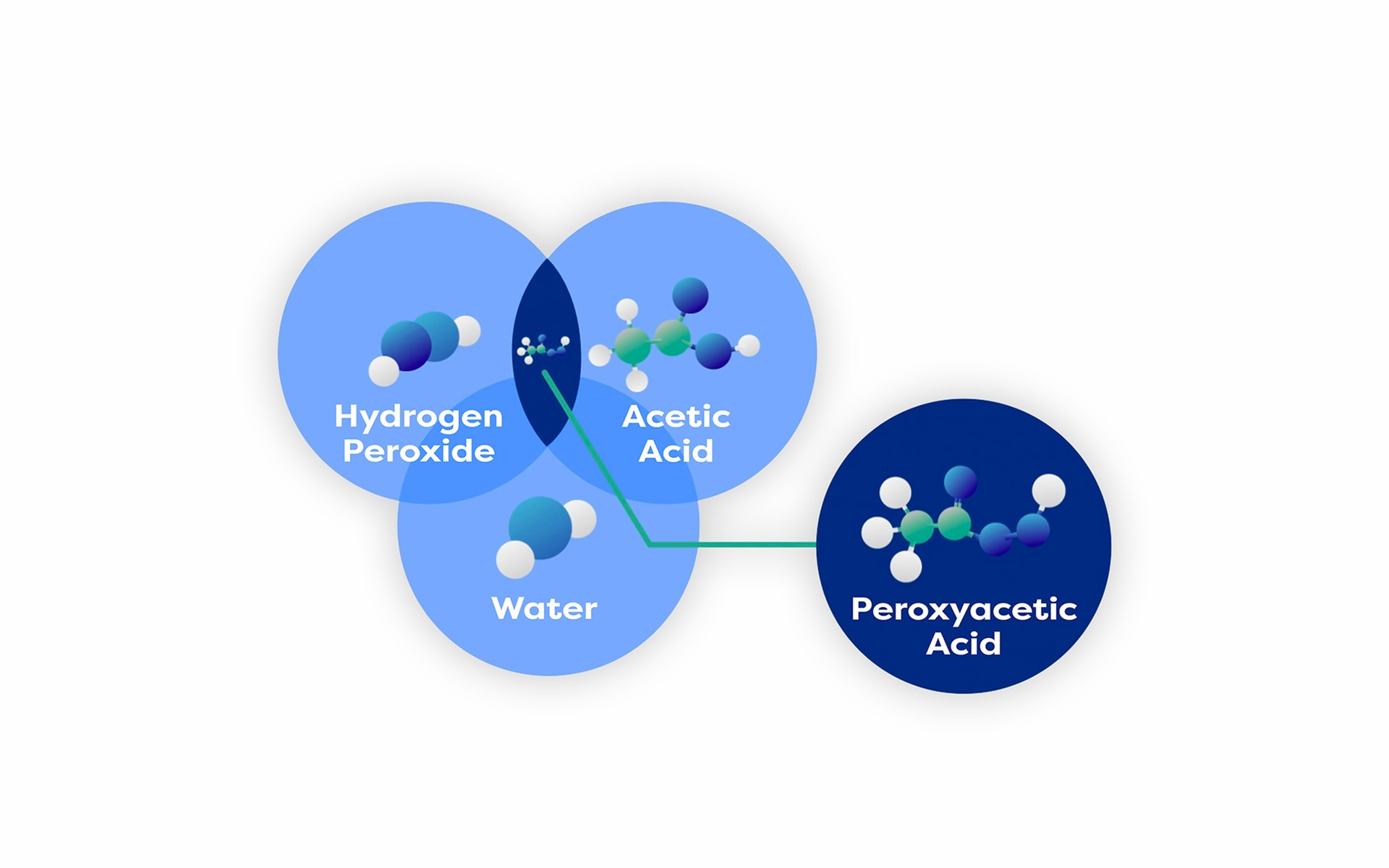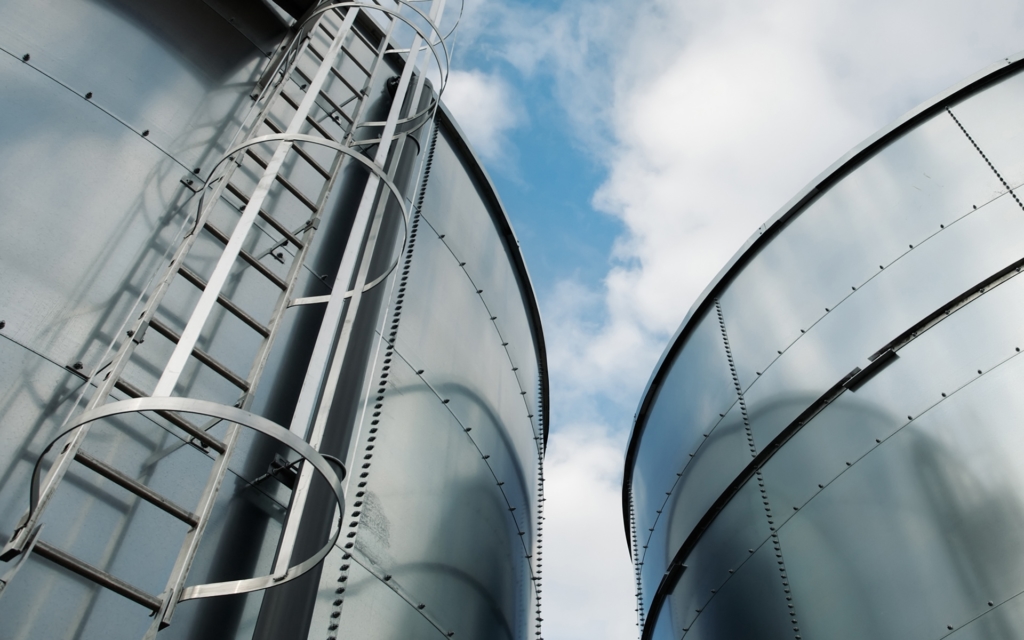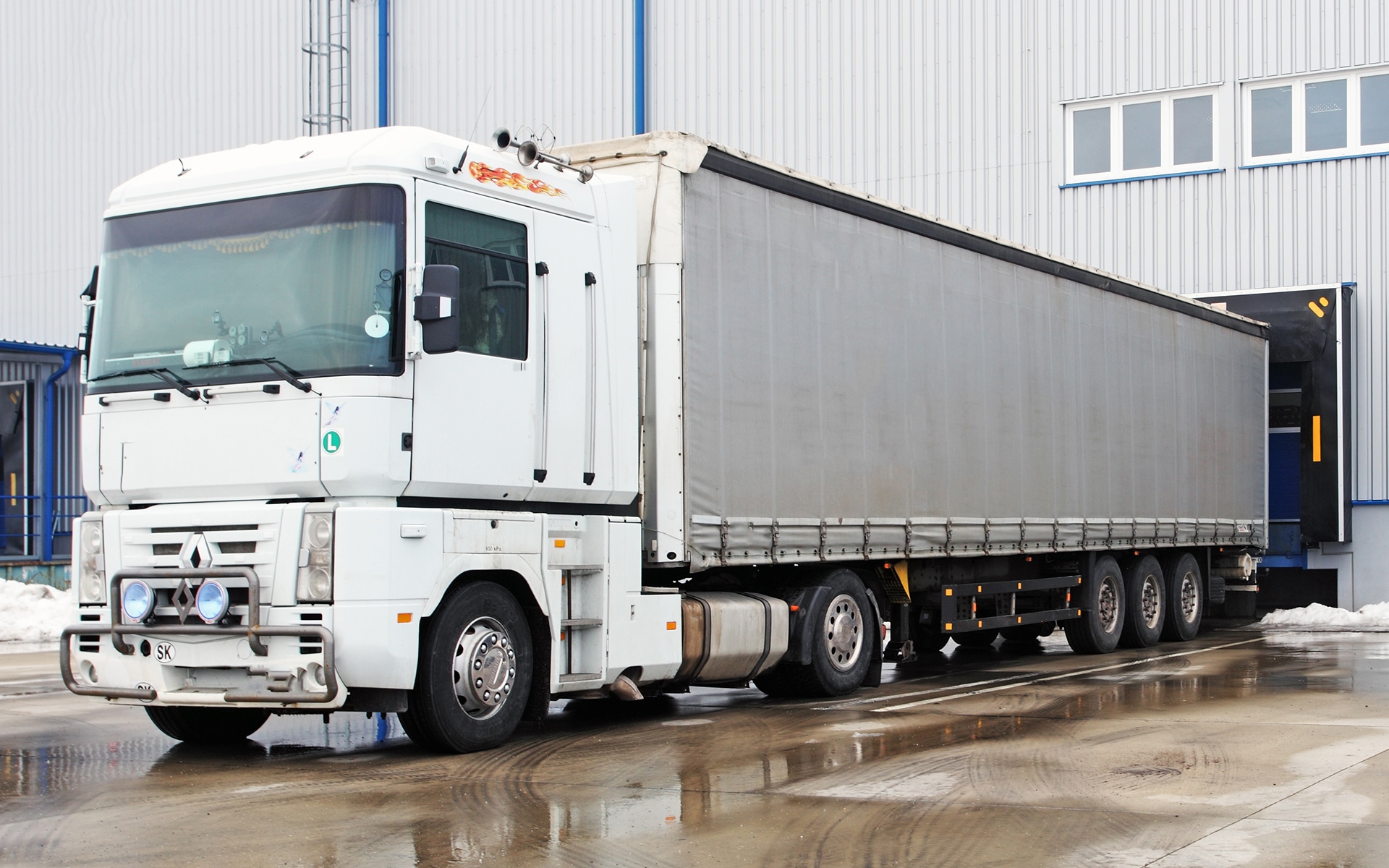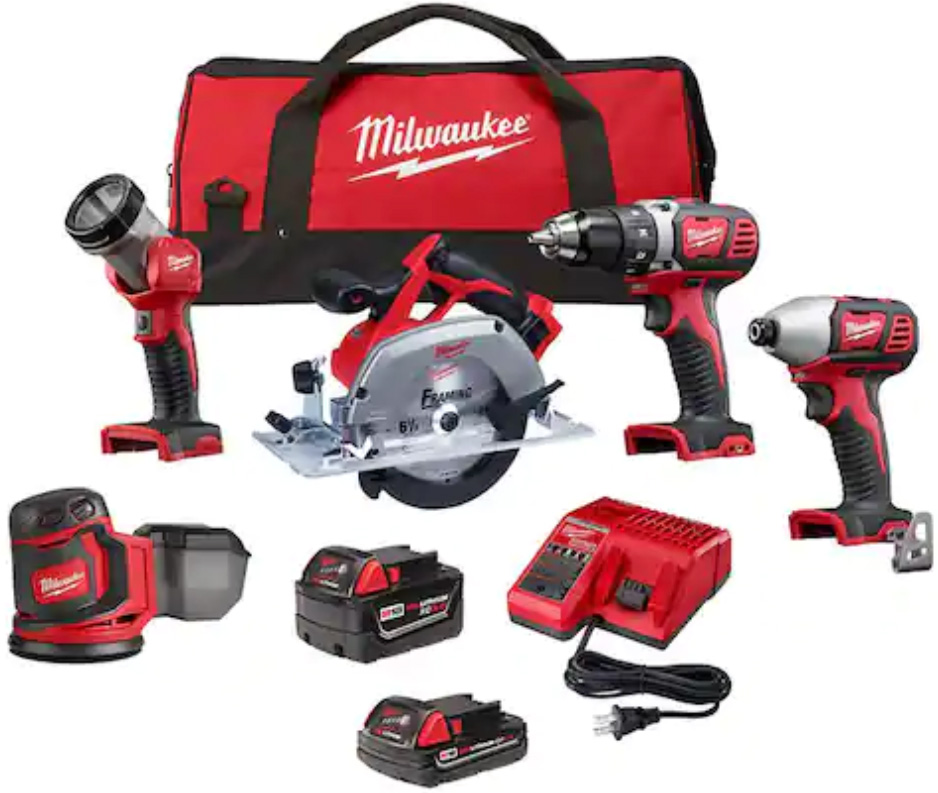What is peroxyacetic acid?
Peroxyacetic acid is a combination of two important and versatile compounds: hydrogen peroxide and acetic acid. The two chemicals combine to form a new compound, peroxyacetic acid. This is an equilibrium reaction where over a period of hours, peroxyacetic acid is formed in situ by assuming elements of both reagents to form the new compound.




